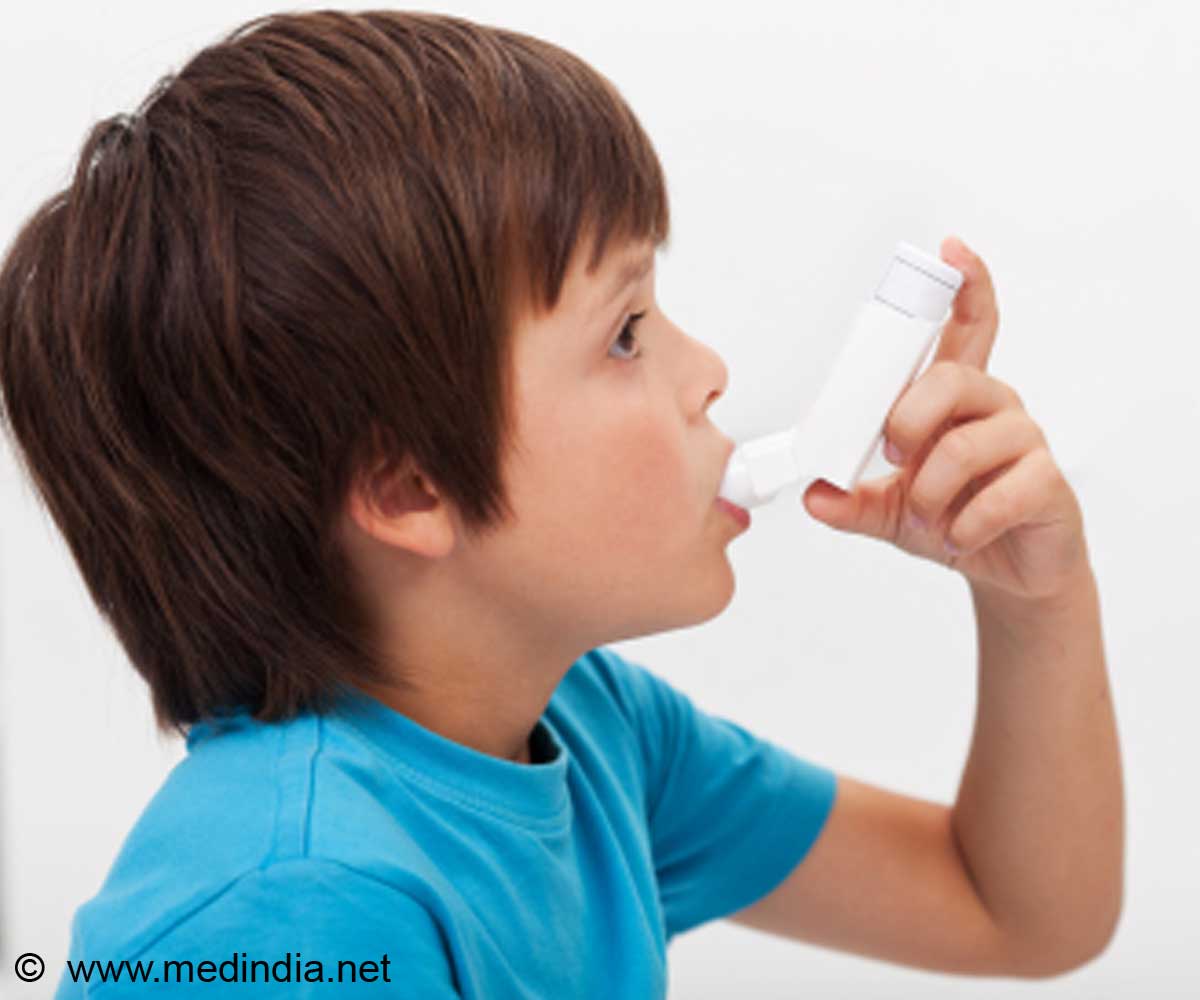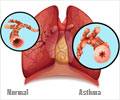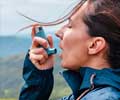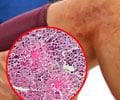It may one-day be possible to reduce the incidence of asthma related to infection with respiratory syncytial virus (RSV), suggested a new study.

‘Exposure to STAT6-IP has the potential to modulate long-term responses to allergens and microbial antigens implicated in the development of asthma.
’





"Our data suggest that exposure to
STAT6-IP has the potential to modulate long-term responses to allergens
and microbial antigens implicated in the development of asthma," said
Brian J. Ward, a researcher involved in the work and associate
professor from McGill University Health Center, Research Institute in
Montreal, Quebec, Canada. "A full understanding of how STAT6-IP works could open new approaches for therapy and long-term prevention of a variety of immunopathologic conditions beyond asthma. Indeed, our concept of peptide-based targeting of key transcriptional regulators could have broad implications for individuals at risk for many immune-mediated conditions."
To make their discovery, scientists infected mice with RSV, first as infants and then again as young adults. Mice were treated with STAT6-IP (or a control peptide) sprayed into the nose only at the time of the neonatal RSV infection. Following adult RSV re-infection, airway inflammation, hyperresponsiveness and structural changes were measured. The early-life STAT6-IP treatment did not prevent the mice from mounting an immune response to RSV and clearing the infection.
However, this treatment significantly reduced all of the asthma-like responses. Based on these findings, researchers investigated how STAT6-IP treatment changed the neonatal mouse response to RSV. They found that STAT6-IP prevented RSV-induced changes to airway cells called alveolar macrophages, which can promote asthma-like responses both during and following viral infections.
John Wherry, Deputy Editor of the Journal of Leukocyte Biology, said, "There has been a long-appreciated connection between early life RSV infection as subsequent asthma, but we have lacked the ability to influence this important early life 'imprinting' effect of RSV infection. These new results reveal new opportunities to think about recalibrating the immune-deviation caused by asthma-promoting RSV infection to reduce subsequent asthma and allergy."
Advertisement














